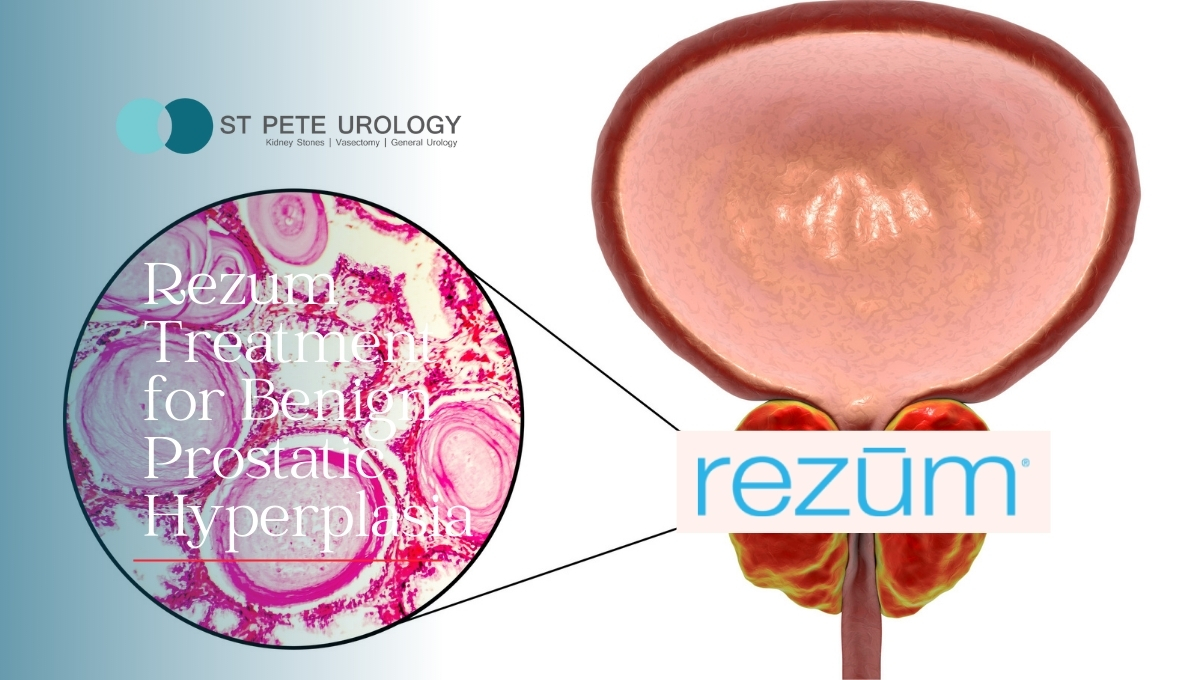Stop prostate enlarging with proven lifestyle changes, dietary strategies, and medical treatments. Learn evidence-based prevention methods from Tampa Bay urologists.
Continue readingWhat Are the Latest Treatments for Enlarged Prostate?
Explore the latest treatment for enlarged prostate, including minimally invasive options like Rezūm and Aquablation, to improve urinary symptoms effectively.
Continue readingProstate Enlargement: The Silent Issue Men Ignore
Understanding Prostate Enlargement: Myths and Facts
How much of what you hear about prostate enlargement is true? Learn about the myths and misconceptions about prostate enlargement or BPH.
Continue readingProstate Enlargement: What Every Man Should Know
By the time you reach the golden age of fifty and beyond, it’s not uncommon to experience symptoms of an enlarged prostate. Learn more here.
Continue readingThe Role of Stress in Prostate Enlargement: What You Need to Know
What Are The 5 Warning Signs of Prostate Cancer?
What are the key signs of prostate cancer?
Rezum Treatment for Benign Prostatic Hyperplasia
Benign prostatic hyperplasia (BPH), also called enlarged prostate, is a frustrating condition commonly occurring as men grow older.
Continue readingHow do you keep your prostate healthy?
 Prostate health is an important part of overall health for men. The prostate is a walnut-sized gland situated between the bladder and the penis. The urethra, the tube through which urine exits the body, runs through the prostate. One of the prostate’s main functions is producing a fluid that nourishes and protects sperm. For men, the prostate is an important part of both the urinary and reproductive systems.
Prostate health is an important part of overall health for men. The prostate is a walnut-sized gland situated between the bladder and the penis. The urethra, the tube through which urine exits the body, runs through the prostate. One of the prostate’s main functions is producing a fluid that nourishes and protects sperm. For men, the prostate is an important part of both the urinary and reproductive systems.
The prostate is also the organ where the most common form of cancer for men develops. This cancer affects many men and the chances of developing it increase with age. The prostate also grows in size as men age. The rate and side effects of this growth can vary, but the most common symptoms are difficulty urinating and having to urinate frequently.
Given the importance of the prostate’s role and how easily it can develop problems, good prostate health is important. Luckily, there are simple lifestyle changes that can help improve prostate and overall health. These changes start with diet and exercise. There is a great deal of evidence that diet can help determine prostate health as well as cancer risk. It is recommended to have at least five servings of fruits and vegetables a day. Whole-grain bread and pastas are also recommended.
Protein is an important food group and eating the right kinds of protein plays a big role in prostate health. It is recommended to limit the intake of red and processed meats. Healthier sources of protein include fish, chicken, beans and eggs. Like protein, consuming the right fats is important, too. Healthy fats from olive oil, nuts, and avocados are much better than fats from animal byproducts or the trans fats found in fast food.
Sugar, salt and exercise play a role in prostate health as well. Sugary drinks like soda should be limited or cut out completely. Sweets in general should be an occasional treat, not a food group in your diet. Salt intake should be cut down for prostate health and keep in mind that most processed foods are very high in salt content.
Exercise is also important for maintaining good prostate health. There is evidence that regular exercise helps bring down the risk of stroke, heart disease and certain types of cancer.
Small changes to diet and exercise can add up to big health improvements, but there is still more you can do. Another important tool in keeping your prostate healthy is having a good relationship with your urologist. Yearly prostate exams and an open dialogue with a trusted urologist is key to maintaining prostate health and resolving issues early, before they turn into serious health problems. The urologists at St Pete Urology are dedicated to helping you keep your prostate healthy.

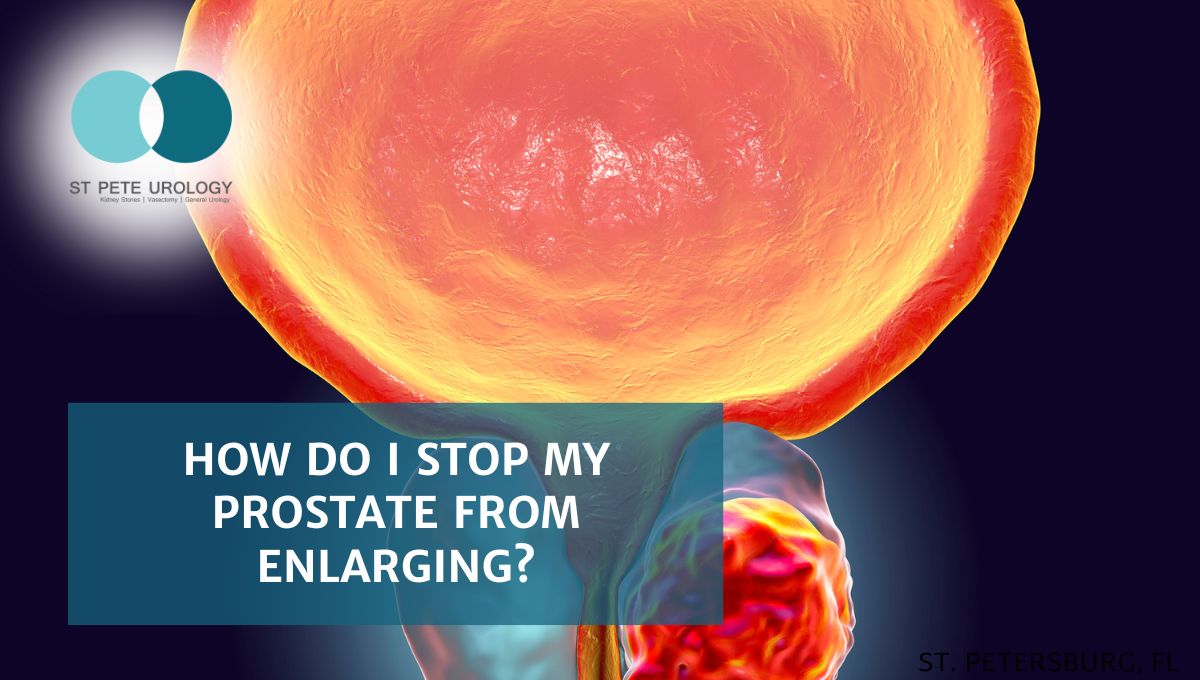

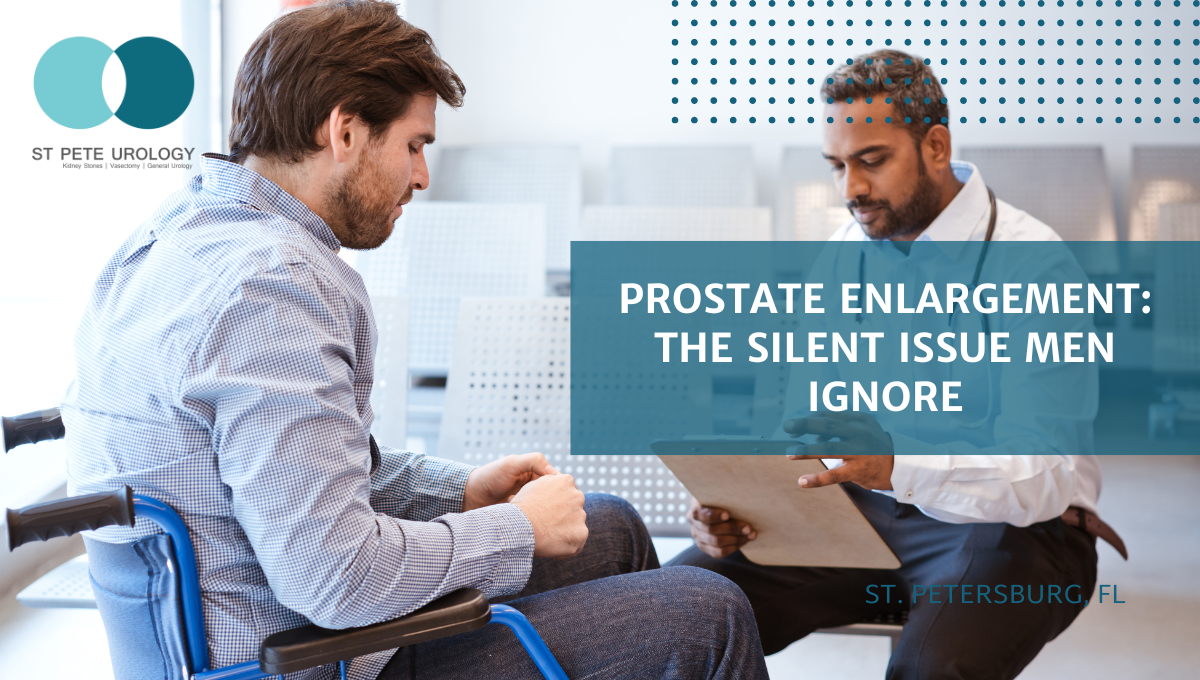

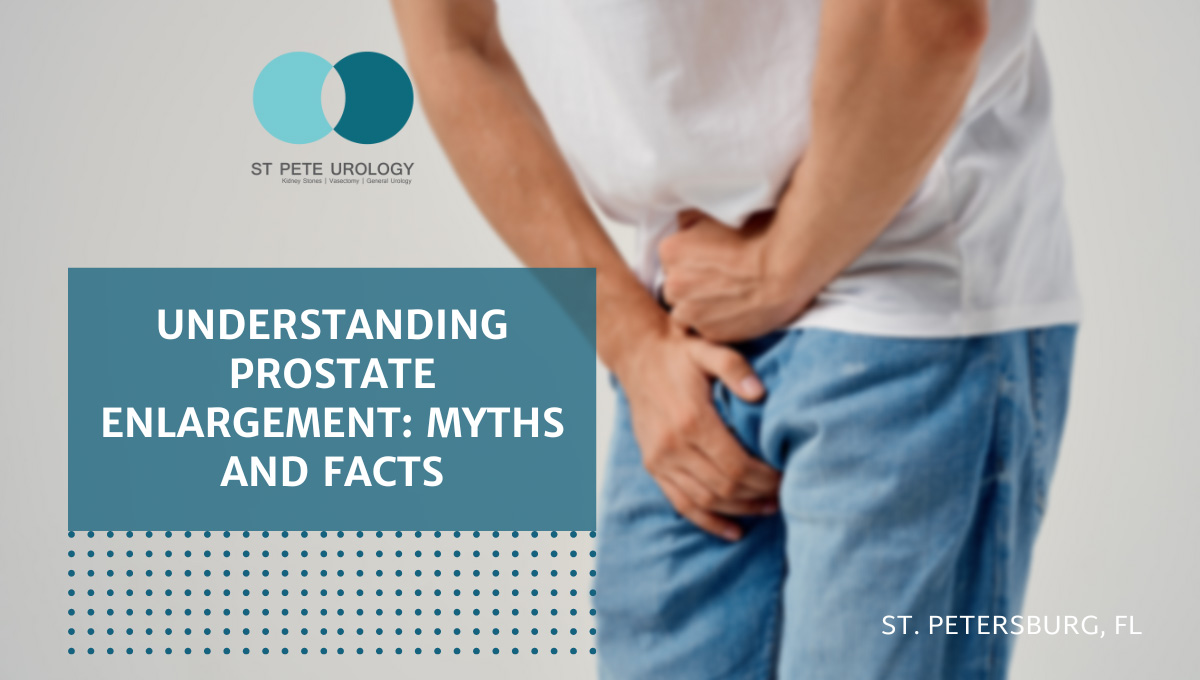

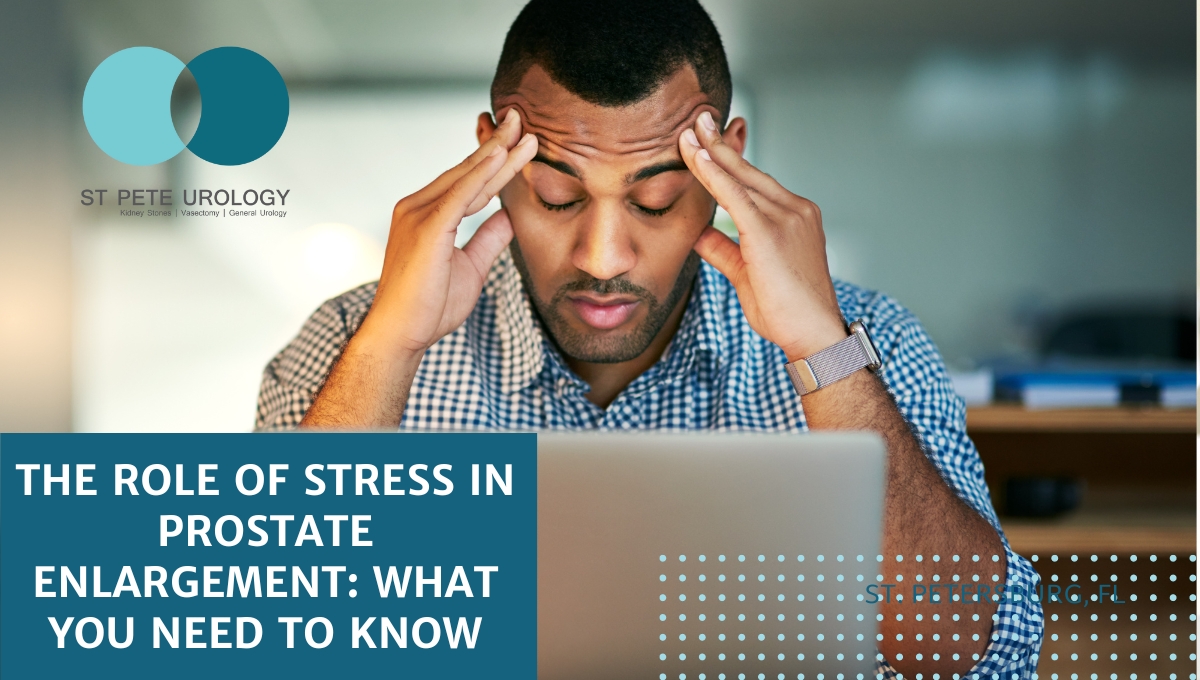
 The prostate is a small, walnut-sized gland that forms part of the male reproductive system. It sits right below the bladder and surrounds the top portion of the urethra.
The prostate is a small, walnut-sized gland that forms part of the male reproductive system. It sits right below the bladder and surrounds the top portion of the urethra.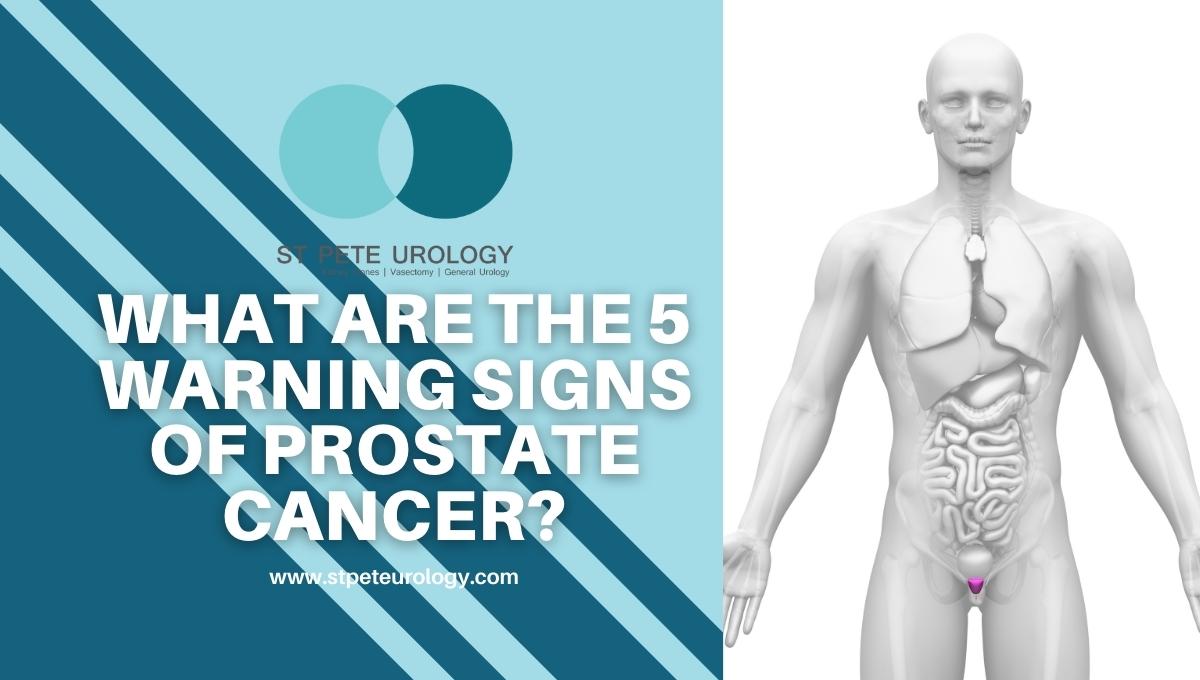
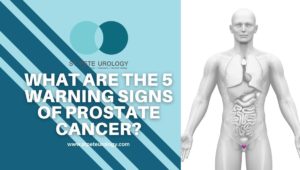 You are experiencing some terrifying symptoms.
You are experiencing some terrifying symptoms.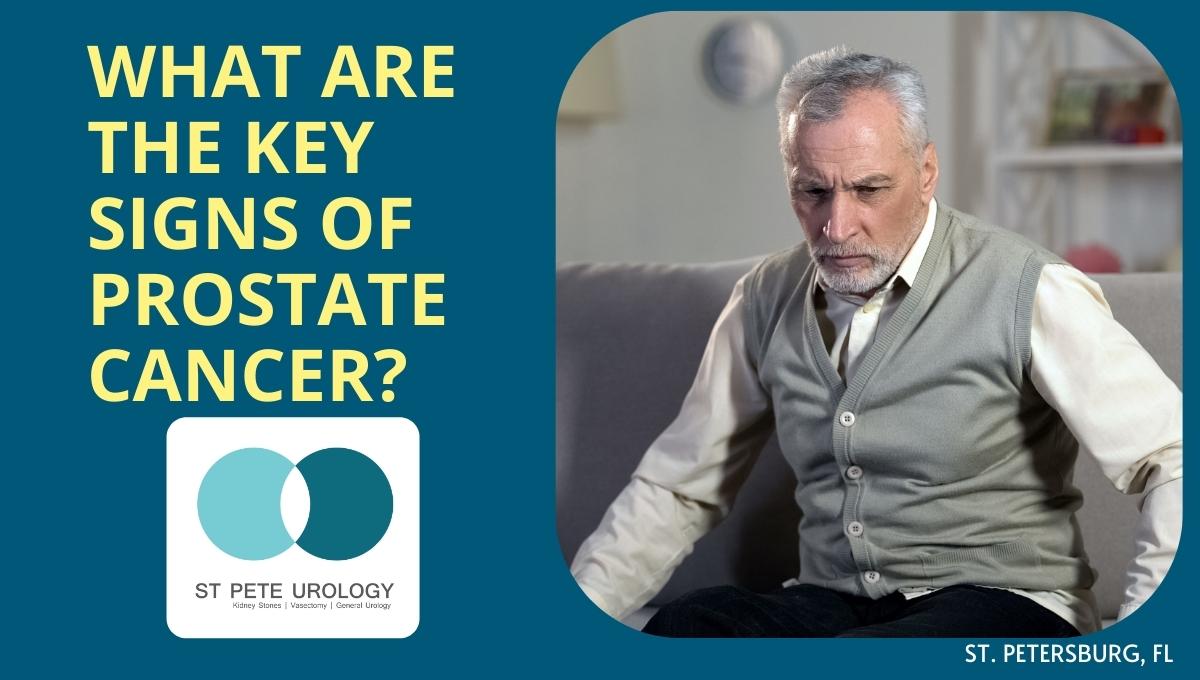
 The prostate is a tiny, walnut-shaped gland in the pelvis. Located near the bladder and felt through a digital rectal exam, the prostate produces the fluid that transports and nourishes sperm. The fluid—called seminal fluid—is squeezed out via the urethra during ejaculation.
The prostate is a tiny, walnut-shaped gland in the pelvis. Located near the bladder and felt through a digital rectal exam, the prostate produces the fluid that transports and nourishes sperm. The fluid—called seminal fluid—is squeezed out via the urethra during ejaculation.